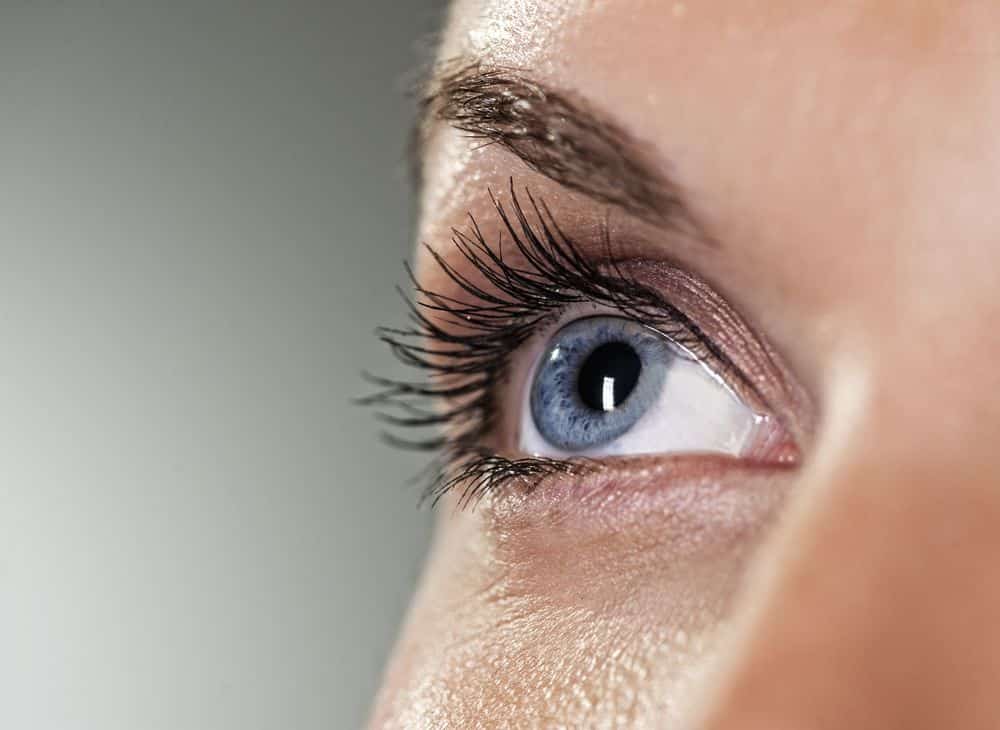Thankfully, most eye allergies are frustrating rather than actually dangerous. Some of the symptoms of having an allergic reaction are when your eyes get red, itchy, irritated, watery, swollen, and sensitive. One of the things that can cause an eye allergy are cosmetics and medications, but there are more common ones such as pollen, pets, dust mites, feathers, and other allergens. You can avoid getting these reactions by wearing sunglasses outside to minimize the intake of pollen and other allergens, never scratch your eyes no matter how much they itch, closing your windows at home, and more. If you do manage to contract an allergic reaction, the best way to get rid of it is by applying eye drops. Actually, some of the medicine used for nasal allergies will also work for eye allergies and can help reduce distress.
Would you like to know more? Read below the article by Dr. Yan Guex-Crosier.
WHAT ARE EYE ALLERGIES?
The eye is particularly prone to allergies, as it is constantly in contact with the outside world. Approximately 20% of people have an ocular allergy that manifests itself as allergic conjunctivitis. A family history of allergy is found in 50% of those affected. An allergic background is also frequently present (atopic dermatitis, asthma, food allergy etc.). Small quantities of airborne allergens are continuously deposited on the mucous membrane that covers the inside of the eyelids (conjunctiva). The most common form of eye allergy is related to hay fever. In this case, the eye condition is associated with a runny or stuffy nose.
MY EYE IS WATERING AND IRRITATED, WHAT IS GOING ON?
The allergy scenario is always the same: after a sensitisation episode corresponding to the first contact with the allergen, any new exposure produces a strong inflammation. The manifestations of eye allergy are as follows: the eye is itchy, red, irritated and watery. In severe forms, burning of the eye and light cause pain (photophobia). In children, there is a more severe and rare form of allergic conjunctivitis: spring conjunctivitis, known as gigantopapillary. It manifests itself by severe redness of the eye and watering of the eyes. It is essential to consult an ophthalmologist. The diagnosis of ocular allergy can be made after ruling out the main infectious causes that can affect the eye.
What other diseases can be similar to eye allergy?
– Viral conjunctivitis
– Herpetic conjunctivitis
– Chlamydia conjunctivitis
– Bacterial conjunctivitis
– Exposure to a toxic substance Common in spring and summer, viral conjunctivitis is caused by a highly contagious virus, the adenovirus.
Contamination of the eyes occurs when fingers soiled with the virus are brought to the eyes. After an incubation period of 2 to 7 days, a marked reddening of the eyes occurs, with severe tearing and sometimes sensitivity to light. The presence of this virus requires strict hygiene. After each contact with the eyes, hands must be disinfected with an antiseptic anti-viral solution and each family member must use only his or her own towels in order to avoid the spread of the disease. The condition disappears after a period of one to two weeks. It sometimes requires the use of eye lubricants (artificial tears) or local antibiotics in the form of eye drops. Infection with the herpes virus is most often manifested by a blistering rash like a fever blister. It can be transmitted to the eye and cause an eye infection. Treatment with an antiviral ointment is necessary. Chlamydia conjunctivitis can cause redness of the eye.
Fortunately, this is a rare condition. Chlamydia usually affects the genital tract, but poor hygiene, such as someone else using a soiled towel, can lead to eye involvement. Treatment with an antibiotic ointment is necessary. In the case of bacterial conjunctivitis, the eyes are glued together by purulent, yellowish secretions. A local antibiotic treatment must be prescribed by the ophthalmologist to destroy the bacteria involved. In children, it is mainly germs of the upper airways. When exposed to a toxic substance, the danger to the eye is extreme. The result is intense redness of the eye, associated with profuse tearing and varying degrees of eye pain. This is not an allergic reaction but a toxic reaction. In the event of exposure to a toxic substance, emergency measures should be taken: wash the eyes immediately and abundantly for 5 minutes under running water so as to eliminate the toxic substance as much as possible, then go as quickly as possible to an emergency centre, specifying the nature of the toxic product responsible.
CAUTION: An allergic eye reaction should not be confused with other eye conditions that may cause redness. An examination by an ophthalmologist is necessary to make the correct diagnosis.
WHAT SHOULD I DO IF I HAVE AN EYE ALLERGY?
An allergy test can often reveal the agent responsible for the allergy and sometimes allow desensitisation. If the test is negative, this does not mean that it is not an allergy. Some forms of allergy are only localized to the eye and have no other manifestations. In case of hay fever allergy, the pollen calendar should be consulted to find out which pollen is responsible for the allergy (see chapter II, page 36). Variations are possible depending on the weather and the delay or advance of the vegetation each year. An eye problem that manifests itself every year at the same time of the year with itching, sometimes burning of the eyes is strongly suggestive of a secondary pollen allergy. Real-time information can be obtained on the Internet at: www.pollenetallergie.ch
HOW DO I TREAT MY EYE ALLERGY?
In the fight against eye allergy, prevention is extremely important. During periods of heavy pollination, contact with the pollen to which you are sensitive should be avoided if possible. The following tips are recommended: close the windows, avoid airing out during the pollen season, wash your hair regularly, change your clothes frequently, wear sunglasses, etc. Treatment of ocular allergy is carried out with eye drops and general antihistamines. Several classes of drugs are available. The aim is to reduce the production of inflammatory mediators such as histamine with the help of antihistamines or cromoglycates. Cortisone is one of the most effective drugs for severe ocular allergy, but it can only be administered with regular checks by the ophthalmologist.
TREATMENTS FOR OCULAR ALLERGY
– Prevention. Avoid allergens to which you are sensitive. Avoid rubbing the eyes. Dilute the antigens with an eye lubricant. Wearing contact lenses is contraindicated in the allergic patient.
– Medication. Eye drops, antihistamines, mast cell stabilisers, topical corticosteroids (different potencies for different preparations), topical immunosuppressants (cylcosporin A). Systemic: prescribed by the allergist.
– Desensitisation. Proposed by the allergist.
Author:
Prof. Yan Guex-Crosier
Jules Gonin Eye Clinic, Lausanne




